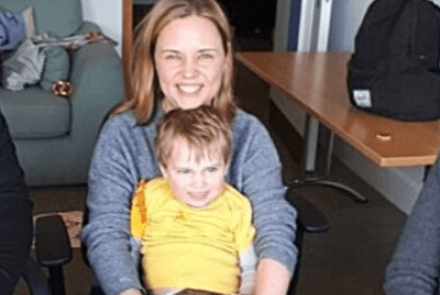All you need to know about Education, Health and Care plans (part 1)
Education, health and care plans can be a vital tool to help autistic children and young people unlock the support they need at school. In the first of a three-part blog author Jessie Hewitson explains everything you need to know about the EHC plan process.
What is an EHC plan or EHCP?
An EHC plan is a legally-binding document that states the needs of a child and young person and the support they will receive. It can start from birth and goes up to the age of 25. The plan contains 11 sections, and the legal charity IPSEA explains each section on their website.
Key bits of the EHC plan
Sections B and F: special educational needs and provision
Section B states the special educational need, which must be matched by provision in section F. If you want to ensure provision, it has to go in section F. Local authorities sometimes try to put provision in section G (Health), meaning it is the responsibility of the NHS – whose budgets are even more squeezed.
Section E: outcomes
An outcome is the benefit or difference to an individual as a result of an intervention. According to the Special Education Needs code of practice, outcomes should be SMART: Specific, Measurable, Achievable, Realistic and Time-bound.
The outcomes should be the guidelines for what the EHCP is hoping to achieve – a combination of short-term goals (as in the next 1–2 years), medium-term (end of the current school phase) and long-term (when your child is 18 or 20).
There is no limit to the number of outcomes you can specify.
Some examples of good outcomes:
- Mohammed (8 years old) will work independently for at least 50 per cent of each lesson period, by the end of KS2.
- By the end of year 9 William (12 years old) will be able to make his own way to school every day.
Who can apply for an EHC plan, and how do I apply?
Parents, the school or professionals working with the child can all apply. Write to your borough and request an assessment, including your evidence. IPSEA has a template letter on their website.
What should happen
After you make a request for the EHC needs assessment, the local authority has six weeks to decide whether or not to carry out the assessment. If the local authority decides not to carry out the EHC needs assessment, then parents have a right to appeal at a SEND (Special Educational Needs and Disability) tribunal.
If the local authority does carry out an assessment and goes on to issue an EHCP, the process should usually take no more than 20 weeks. The local authority should have obtained professional reports as part of the EHC needs assessment process and an educational psychologist has to be involved.
The local authority then prepares a draft EHC plan, and they are supposed to work closely with families during this process. Once the local authority has drafted the plan, they send it to families so that they can check it through, suggest further changes, and name a preferred school. Families are given 15 days to check the draft, and they can ask for more time if they need it.
Once this draft stage is complete, the local authority finalises the EHC plan and issues it. If a parent or young person is unhappy with certain parts of it (the description of the SEN needs, the special educational provision to meet those needs or the school or college placement named in the EHC plan), then they also have a right of appeal at a SEND tribunal.
This extract has been taken from Jessie Hewitson's book, Autism: How to raise a happy autistic child, £14.99.
Read the part 2 and part 3 of this blog.
All you need to know about Education, Health and Care plans (part 2)
All you need to know about Education, Health and Care plans (part 3)












